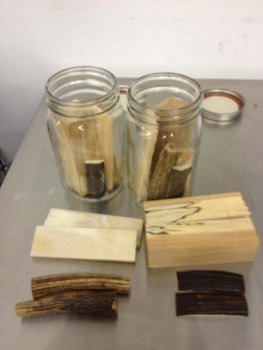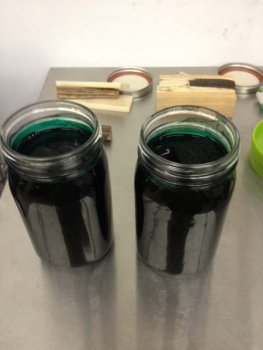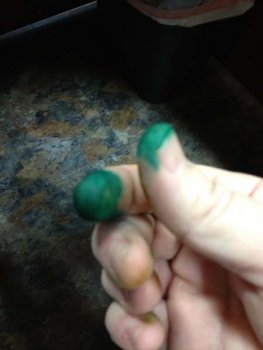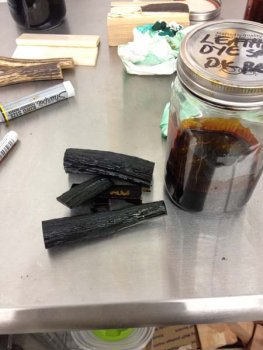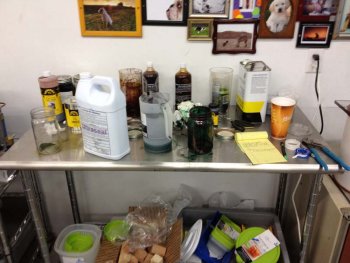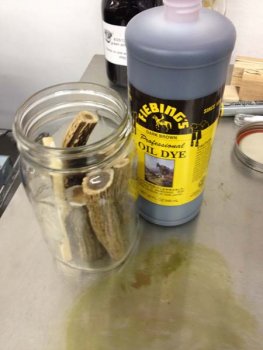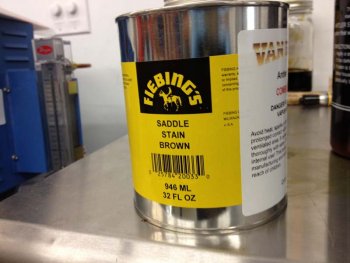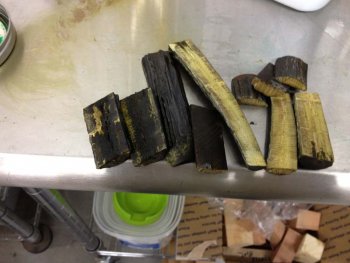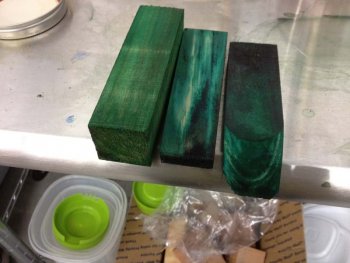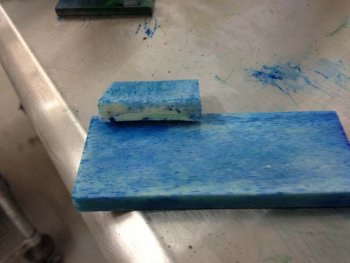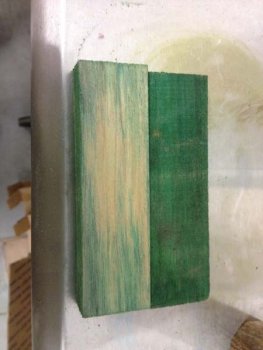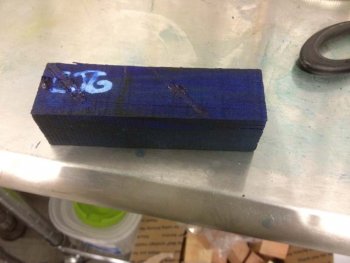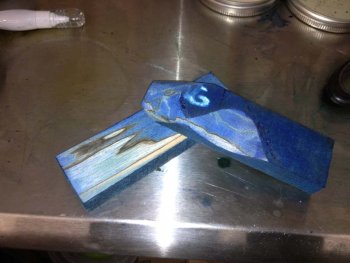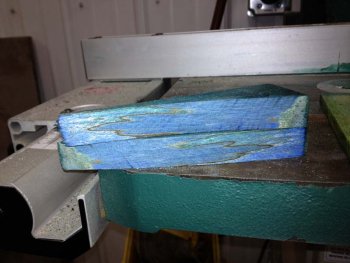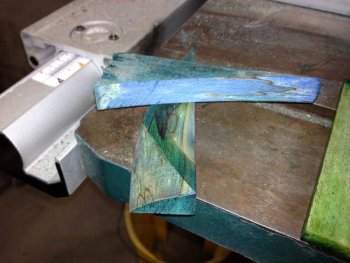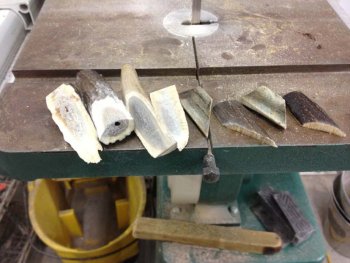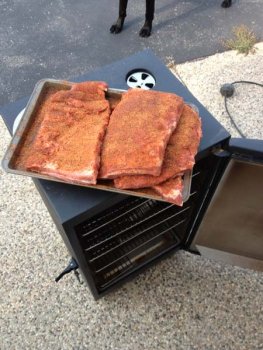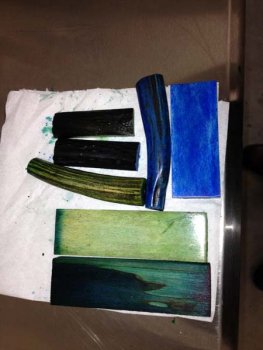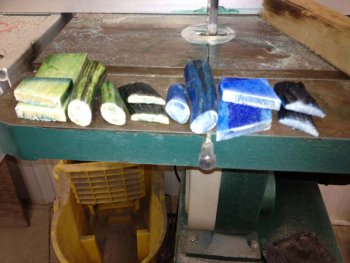Let me add something to my comment above. The wood guys selling plain and stabilized woods buy in big pieces and cut them to small sizes. This takes tools and time. They offer more variety than the average guy could ever get his hands on with out breaking the bank. We have not done it at my business to date for a reason. It's better for me to buy it from the wood guys already cut and stabilized and I am pretty sure I go through more wood than most reading this. To be fair, I am now at a point where it makes sense to start buying big pieces and processing them in house. Tooling will cost me around $4 grand and it will take moving a lot of wood to cover that. I don't expect to ever have it all in house. I just don't have access to the supply chain the full time wood guys have. I will always buy from them for resale.
Buying burl or other wood in a small size just to treat yourself will cost a fortune. These guys are not getting rich selling fancy blocks of wood. The waste in cutting this stuff is mind numbing. The economics of treating your own wood should really be considered before someone jumps into it. You can buy a lot of wood for a couple grand in tools, chemicals, etc. Probably more than you could make knives for in a life time. Even if you set yourself up to treat a bunch of wood, what do you do with it? Sell it is the answer of course but that isn't as easy as you might think it is either.
Buying burl or other wood in a small size just to treat yourself will cost a fortune. These guys are not getting rich selling fancy blocks of wood. The waste in cutting this stuff is mind numbing. The economics of treating your own wood should really be considered before someone jumps into it. You can buy a lot of wood for a couple grand in tools, chemicals, etc. Probably more than you could make knives for in a life time. Even if you set yourself up to treat a bunch of wood, what do you do with it? Sell it is the answer of course but that isn't as easy as you might think it is either.
Last edited:

